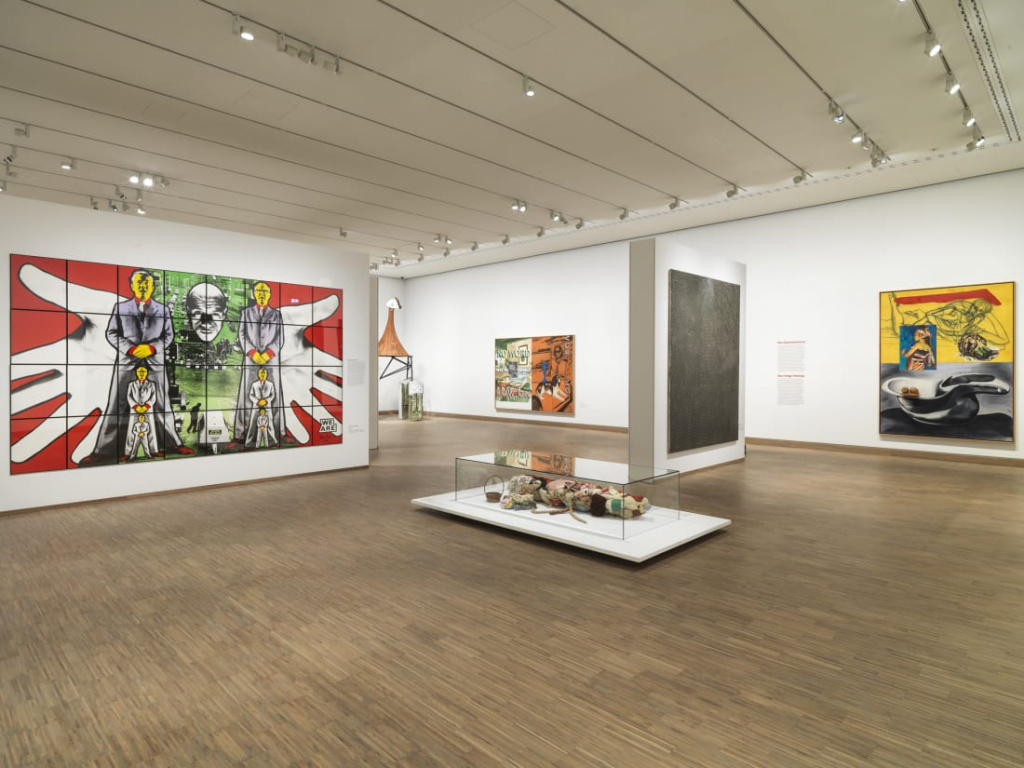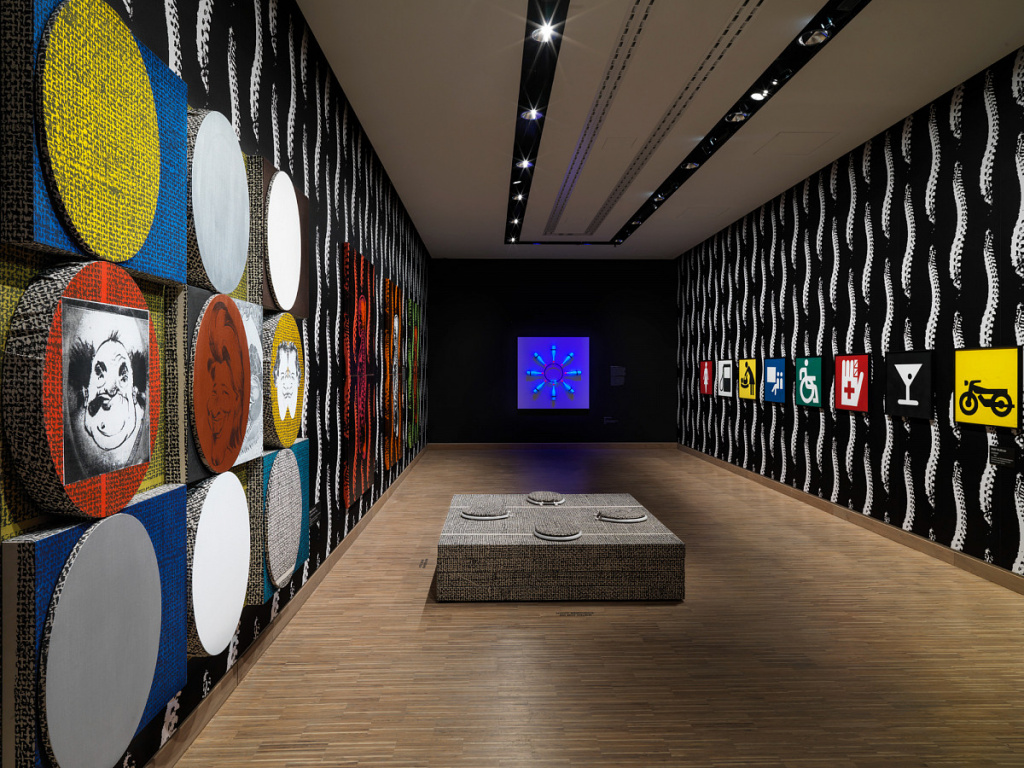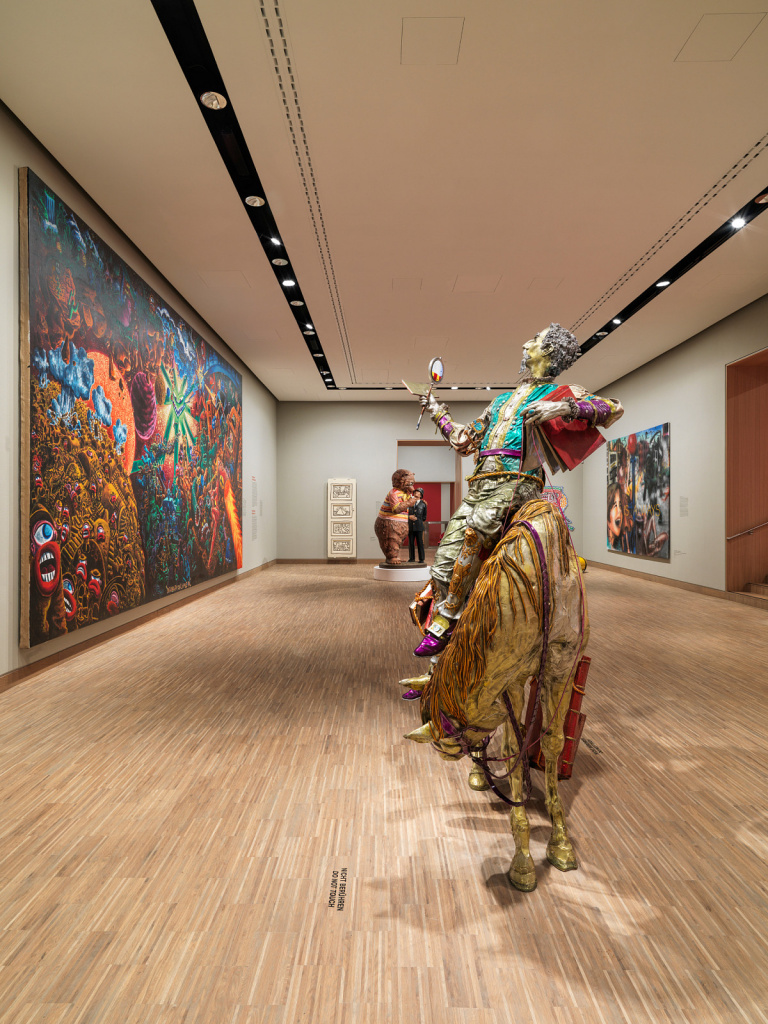The trend of the 1980s has been popular in culture, music and fashion. The curatorial team of the Albertina Museum decided to study the issue more thoroughly. For this purpose, they have brought together the top works of the eighties artists in an exhibition with the same name.
«The 1980s was the most important decade for art in our era. For the first time, art was no longer defined by a dominant style such as abstraction or pop art. The 80s are characterised by an unprecedented stylistic pluralism, which was reflected in a number of works from previous decades: the 80s were the birthplace of postmodernism».
The exhibition features more than 160 works by artists who have defined this decade and the art of the entire 21st century.
This is the time of neo-liberalism: in society, politics and economics. Margaret Thatcher and Ronald Reagan rule the Anglo-American world through conservative forces. The development of the first personal computers, video games, globalisation, the opening of national borders and increasing mobility suggest a world in relative harmony. Record-breaking cinema attendance, technological breakthroughs and the appeal of consumption promise a bright future.
And yet: after the victims and all the tragedies of the Second World War, a generation that is fed up with the post-war stuffiness is taking the lead. A generation which does not consider prosperity and comfort to be a shame. At the same time there are those who continue to see the world as bipolar, in conflict between East and West, who feel the pressure of nuclear weapons. In the same years, the problem of German unification is acutely raised.
It's a decade of rebellion, with radio sets playing electric music with nonsensical lyrics, and new-wave and punk openly demonstrating their opposition to society. The avant-garde emerges from the underground, experimenting and questioning. The art of the 1980s is colourful and multifaceted. It can be anything but boring. In the eighties everything suddenly became possible. The great social and political upheavals are clearly visible in art. Groups of artists broke with the entrenched art establishment, overthrew the avant-garde: the "young wild" rediscovered the visual arts and exhibited - as self-confident as they were socially active - under the name "Heftige Malerei" (fierce painting).
Not a single story, but many small narratives define the 1980s. Diversity in thought and action, knowledge and beliefs are brought to the fore. Pushing boundaries in many ways and creating networks are the main characteristics of this time. After fruitless years of conceptual art and minimalism, Neue Wilde expresses itself in colourful and, above all, experimental ways. Discovery and the joy of the new come to the fore. An experimental laboratory which is not afraid of kitsch and pathos.
The so-called hunger for images, shown in Junge Wilde's expressive gestures on large-format canvases, can only be understood as a resistance to the minimalist and conceptual tendencies of the 1960s and 1970s. Abstract art is now joined by tangible figurativeness, emotion by rational coldness. New media, the coming digital age give rise to a new art of cipher, fiction and copy.
The 1980s, from Jeff Koons and Jenny Holzer to Jean-Michel Basquiat and Keith Haring, Cindy Sherman and Richard Prince, are the birthplace of contemporary art. In the works of these years, the artists raise questions of ownership and authorship, while also criticising the consumer culture. Among the other artists are Jeff Koons, Keith Haring, Robert Longo, Cindy Sherman, Sherry Levine and Jenny Holzer. Their art marks an important turning point in recent art history.
Not only major figures of the American Picture Generation and Approbation Art are represented in the exhibition about the 80s, but also important figures of the Italian Transavantgarde, namely: Francesco Clemente and Sandro Chia, as well as their German colleagues Martin Kippenberger and Albert Ohlen. Not to mention the Austrian artists of the 1980s, Brigitte Kovanz and Isolde Jocham, in addition to Herbert Brandl and Maria Lassnig, Franz West and Peter Kogler.

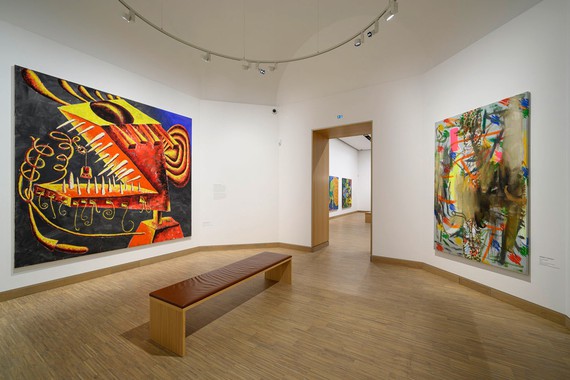
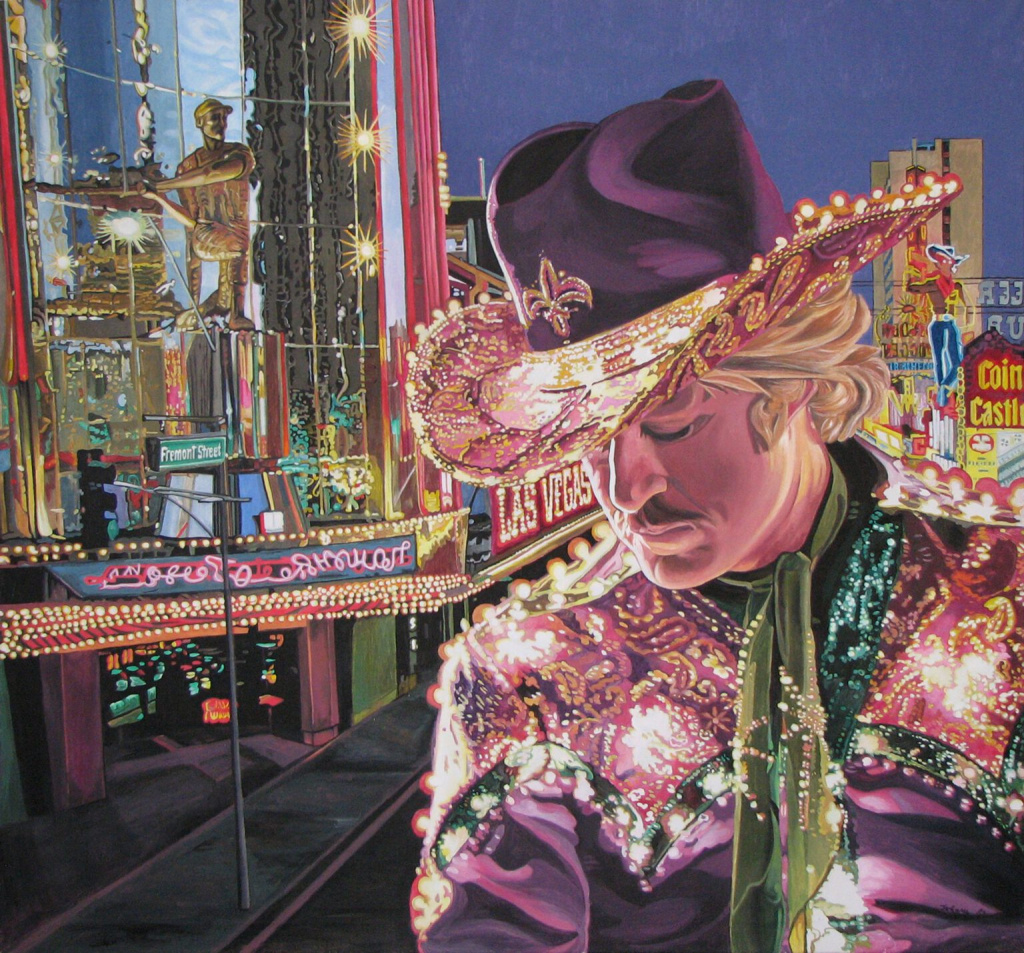
Isolde Joham
Electric Rider, 1981
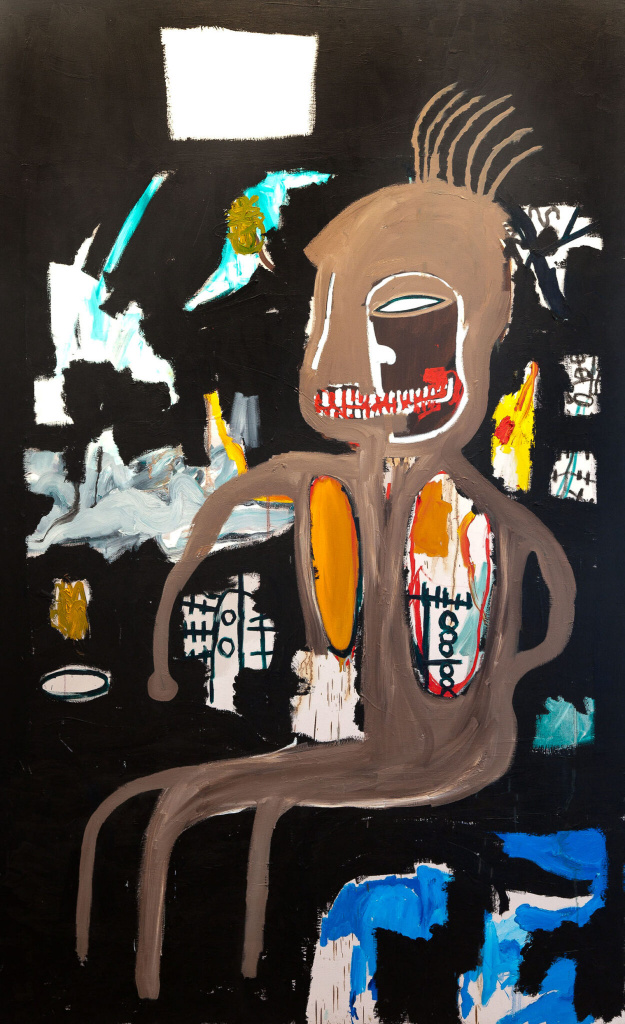
Jean Michel Basquiat
The Thinker, 1986
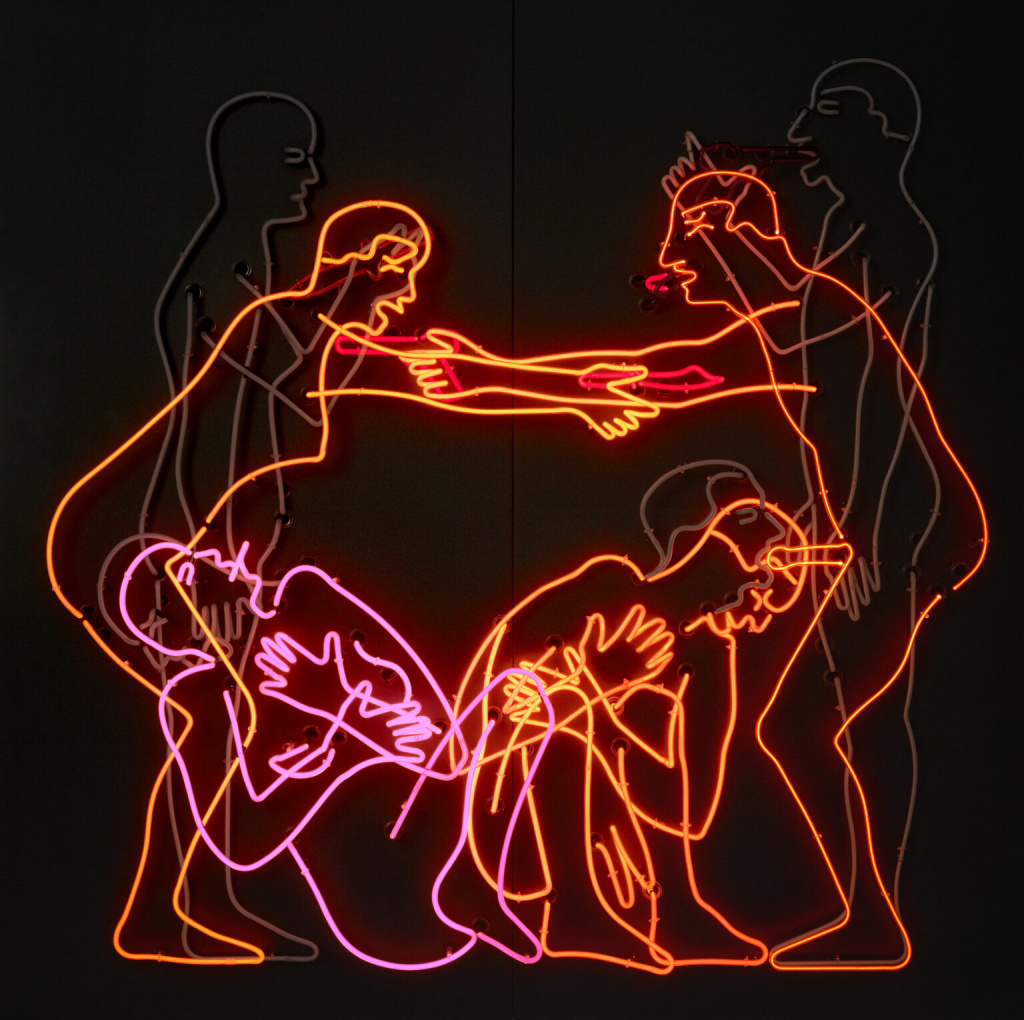
Bruce Nauman
Sex and Death by Murder and Suicide, 1985
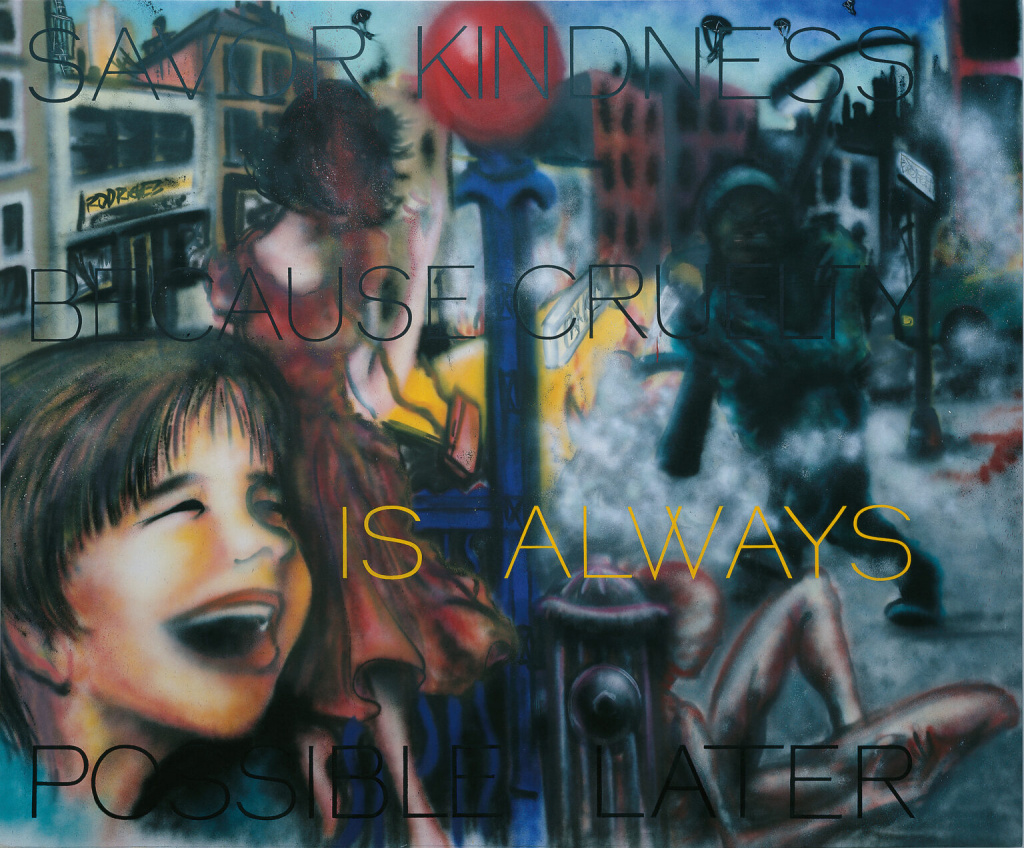
Jenny Holzer & Lady Pink (geb. 1950 in Gallipolis)
Savor kindness because cruelty is always possible later 1983/1984
